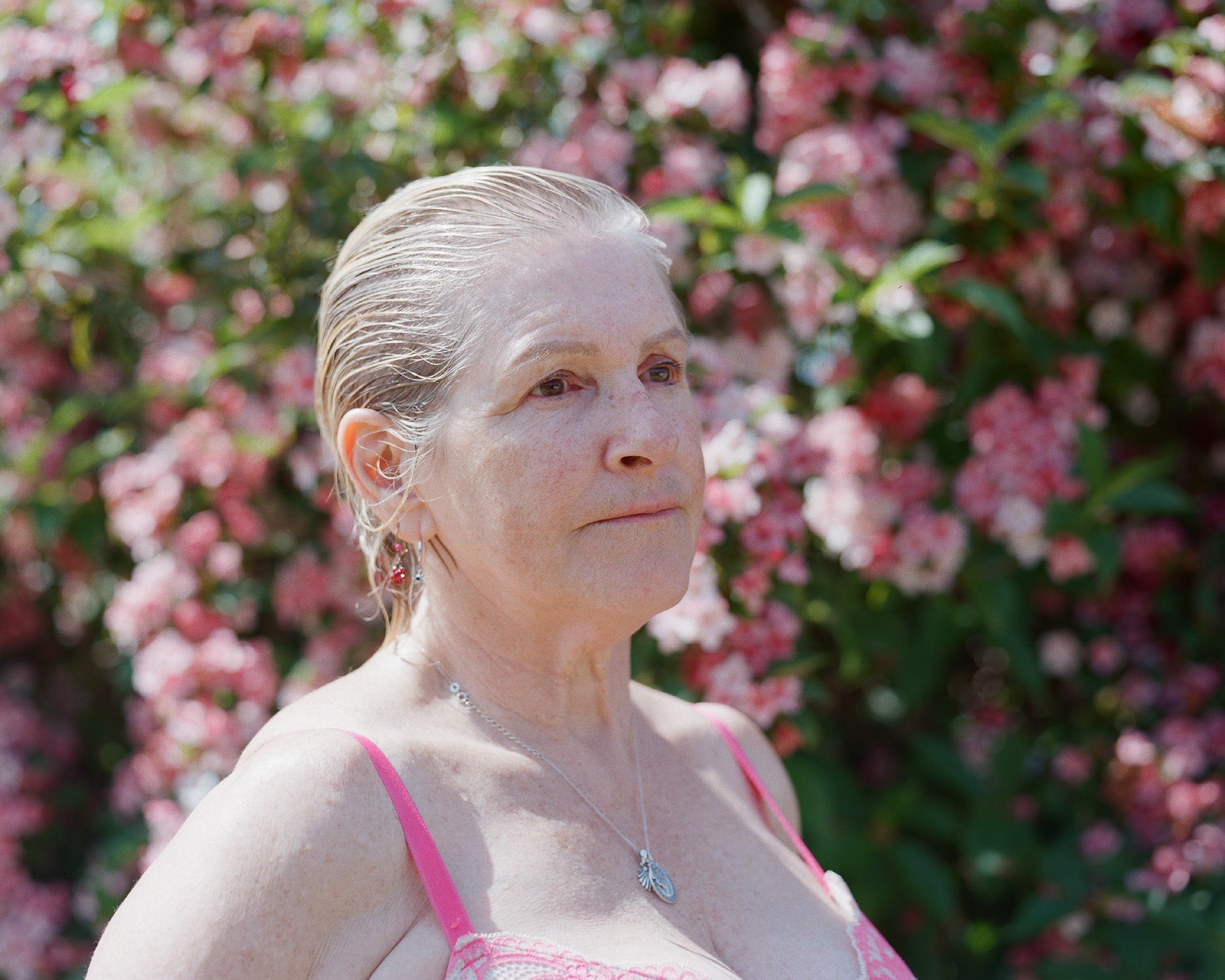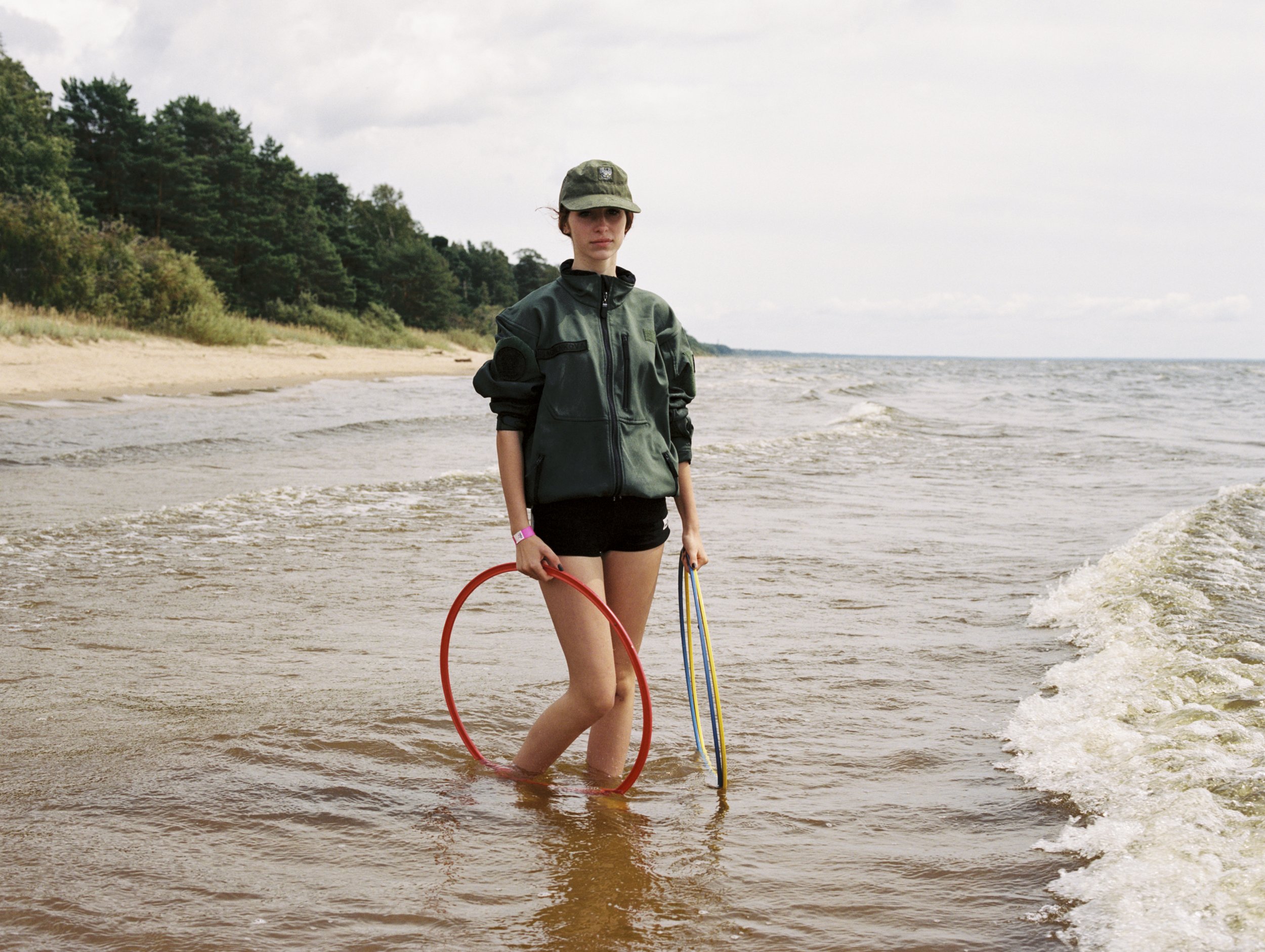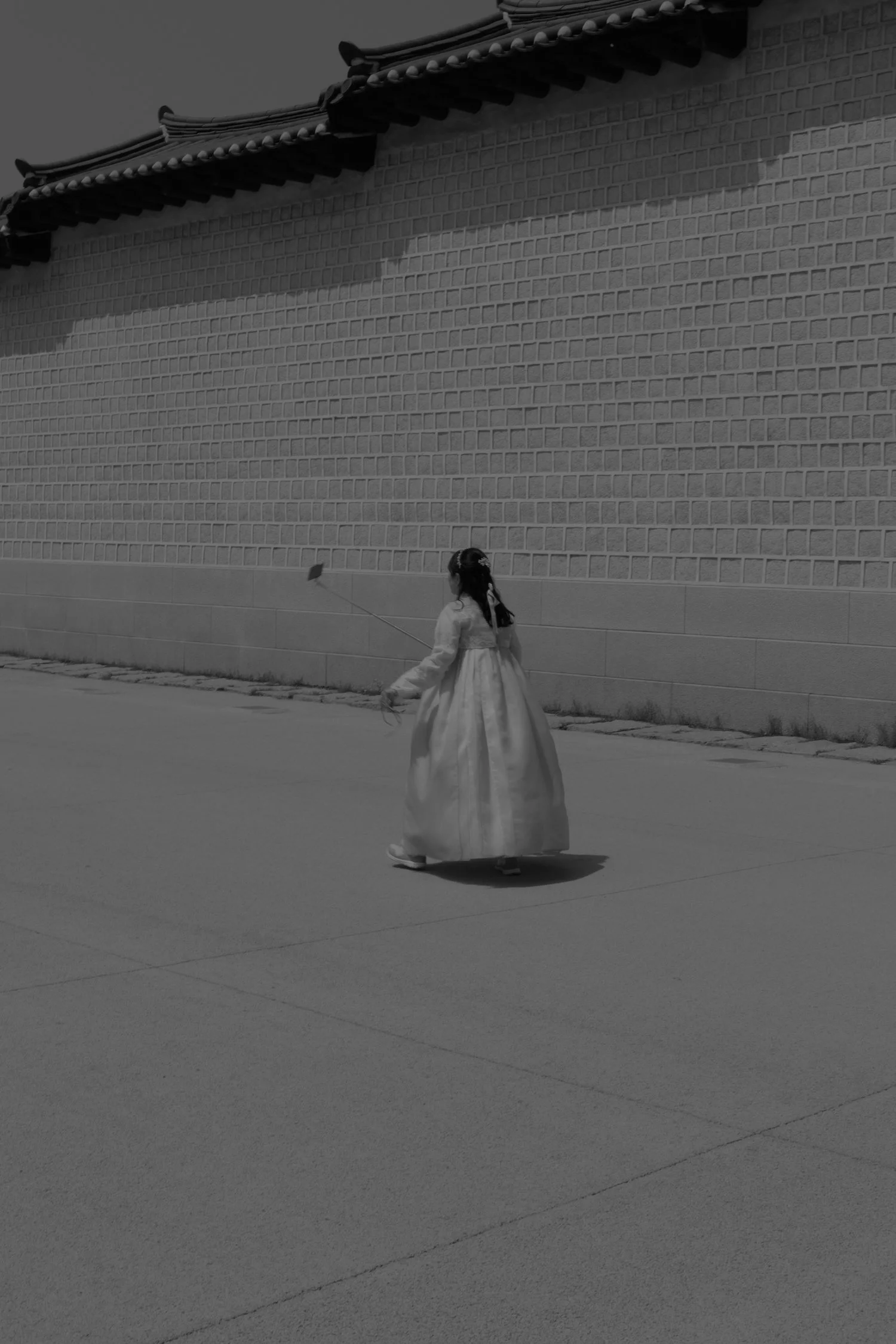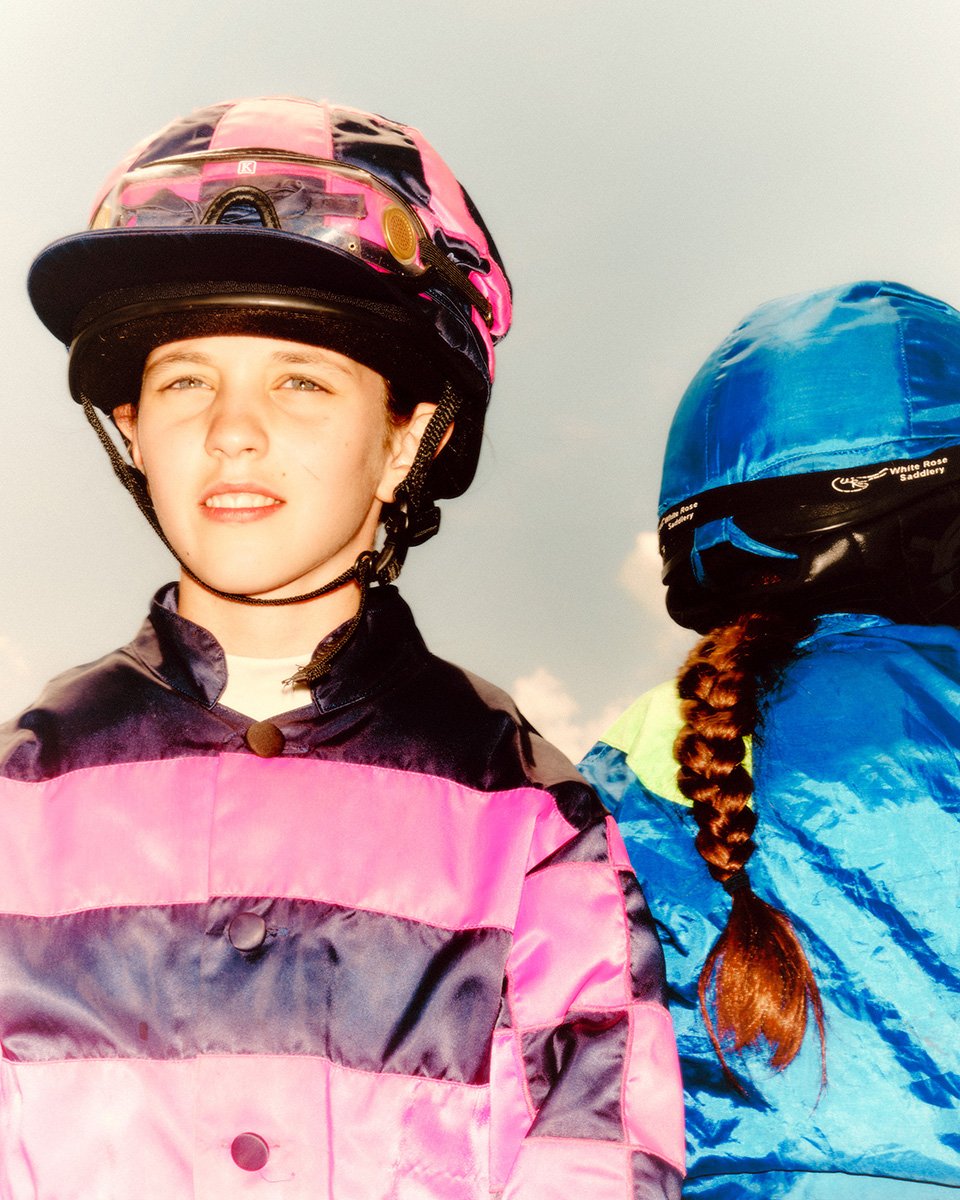You Go Ahead—I'll Watch
Photographer Mickey Aloisio’s first solo exhibition just opened at Marlborough in NYC. "You Go Ahead—I'll Watch," features his interdisciplinary art using various analogue media and other alternative technologies. The exhibition includes work from his series "Lunch Break" and "Morning Dew," exploring transgressive narratives, queer navigation and intimate moments. Drawing inspiration from Laud Humphreys' controversial 1970s text Tearoom Trade, Aloisio examines consent, manipulation and deception in human relationships. The showcased works include archival pigment prints, cyanotypes and the video installation "Channel 17".
Photography Mickey AloisioUntitled (Cinnamon Roll Basket), 2022
In his practice, Aloisio employs various analogue media, including projectors, film, CB radios, and receipt printers, among other alternative technologies, attempting to temper the immediacy of our hyper-digital, image-saturated world. He engages viewers “as participants in a complex performance of display, time, and legibility.” Predominantly working with photography, video, and sound, Aloisio attempts to present seemingly transgressive narratives that explore undercurrents of anticipation and longing, while also investigating the nuances of queer navigation across intergenerational communities. The artist consequently borrows the title of the current exhibition from an excerpt found in Laud Humphreys’ Tearoom Trade: Impersonal sex in public places—the American sociologist and Episcopal priest’s seminal, albeit highly-controversial, text published in 1970. In Tearoom Trade, Humphreys presented the findings of his research into anonymous sexual encounters between men in public bathrooms (a practice known as “tea-rooming”). At the time, his “subjects″ did not consent to participating in any such study, with Humphreys assuming the role not of an academic, but that of a voyeur, sometimes engaging with those he observed—“You Go Ahead—I’ll Watch.” While many consider Humphrey’s research methods highly unethical, Aloisio finds his work not entirely dissimilar. Aloisio draws from Humphrey’s text to undo the fragile borders that separate consent, manipulation, and deception, in order to reveal how these systems are instead irrevocably bound together through his examination of intimacy and privacy.
Daniel, 2021
Chandelier, 2023
Morning Dew, 2023
Untitled (Boot), 2022
Many of the works on view belong to the series Lunch Break, originally conceived while Aloisio was a Core Fellow at The Museum of Fine Arts, Houston and presented as a documentary-style slideshow (here, the selected images from the series are exhibited as standalone archival pigment prints). The series comprises photographs taken at and around a state historic site considered to be the geographical birthplace of an independent Texas, following the 1836 Texas Revolution. Aloisio captured vignettes that unfolded in the designated men’s bathroom at the site, in addition to documenting the surrounding town. Aloisio did not choose the site at random; in fact, it was the location of a fleeting glory hole, the type of transgressive space the artist seeks that is the subject of extensive online discourse. The resulting images— whimsical yet gritty—explore how an area associated with public sex could function within the context of a Texan state-run park, the ethos of which is grounded in the promise of freedom. Aloisio approaches each image with sensitivity, patiently documenting vestiges of the encounters, rather than the identities of the players. Visual motifs arise, subtly hinting to those who use codified language to uncover lunch-hour freedom.
The resulting images— whimsical yet gritty—explore how an area associated with public sex could function within the context of a Texan state-run park, the ethos of which is grounded in the promise of freedom.
Also on view are recent cyanotypes from the series Morning Dew (2023), that Aloisio produced while a resident at the Ellis-Beauregard Foundation in Rockland, Maine. Made from emulsions and toners derived from the juices of local flora and vegetation, these new works– tinted pink and purple– depict composed still life-like compositions and Maine landscapes, signalling a departure from the artist’s more documentary, snapshot-style approach to Lunch Break. These new images present surrealist fantasies where the sitters of this work often slip between identity and performance.
Untitled (Bathroom Stall Partition), 2022
Untitled (Gas pump), 2022
Untitled (Instructions), 2022
Channel 17 (Excerpt)
The exhibition culminates with Channel 17 (2021), an eight-minute single-channel video presented in a stall-like structure resembling a phone booth, which viewers are encouraged to enter. Part of the series 30 Hours for a Glimpse, Channel 17 began as a project in which Aloisio fashioned a makeshift CB radio in his vehicle to tune in to a trucker radio station. Aloisio regularly visited the car wash at a New Haven, Connecticut-area truck stop where he had hoped to establish a discreet and intimate encounter with someone on the other end of his radio. Taking a voyeuristic and documentarian approach, Aloisio recorded his conversation with another man who was negotiating a meet-up with the artist, punctuated by moments of trepidation that his identity could be discovered. The film raises questions about cleanliness, both dialectically as well as visually with the car wash as a central location of the piece.
Untitled (Jelly Donuts), 2022
Untitled (Burnout Marks), 2022
Untitled (Horse), 2023
Untitled (Man Walking), 2022
“Mickey Aloisio: You Go Ahead—I’ll Watch” is on view now at Marlborough Gallery in NYC until March 2, 2024
About Mickey
Mickey Aloisio lives and works in Brooklyn, NY. He graduated with his BFA from the Fashion Institute of Technology in New York and his MFA at the Yale School of Art in Connecticut. Aloisio was a 2021-22 Core artist fellow at the Museum of Fine Arts, Houston, and is a current AIM fellow at the Bronx Museum of the Arts in the Bronx, NY.
To see more of his work, visit his website or follow him on Instagram











































